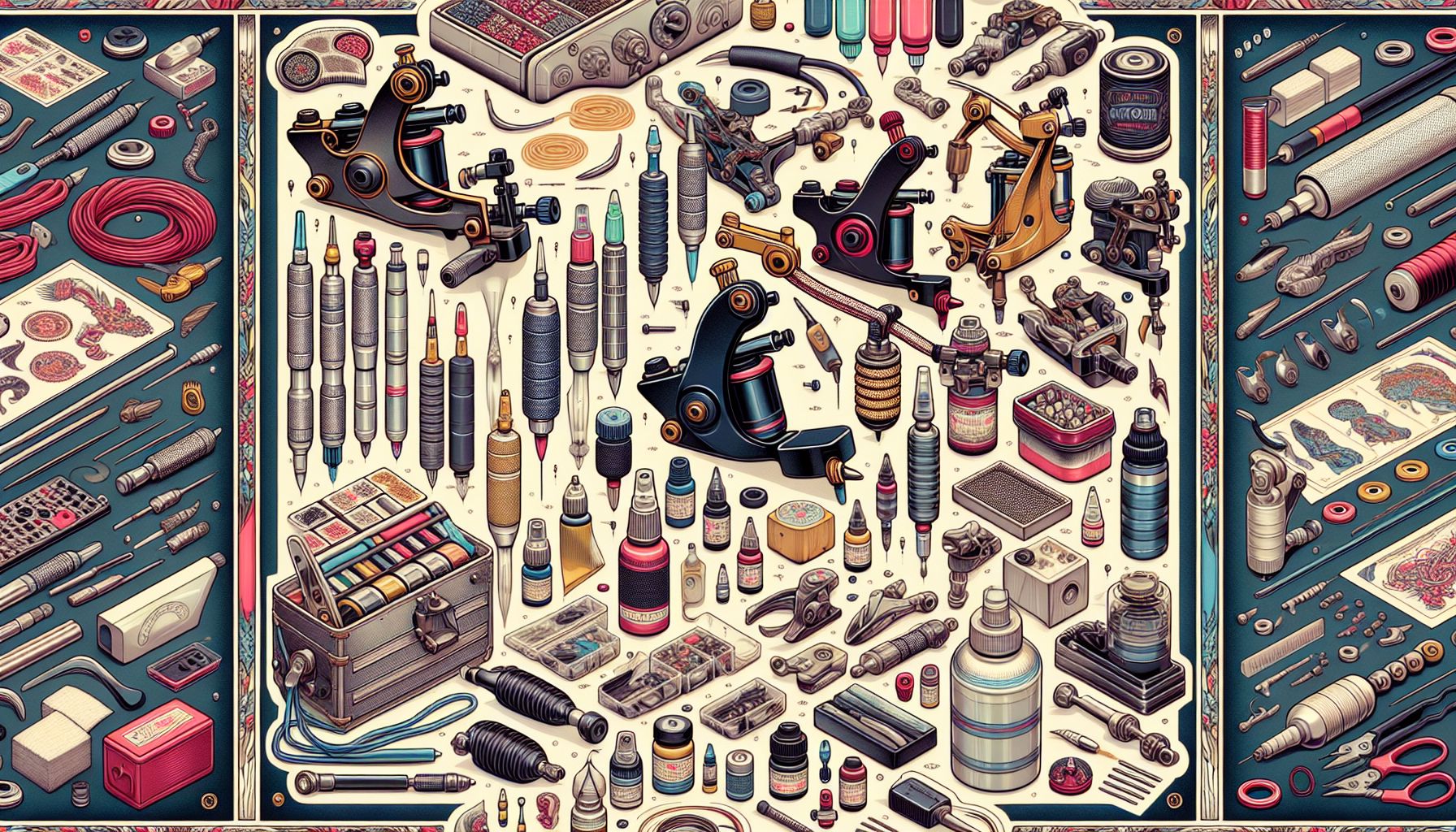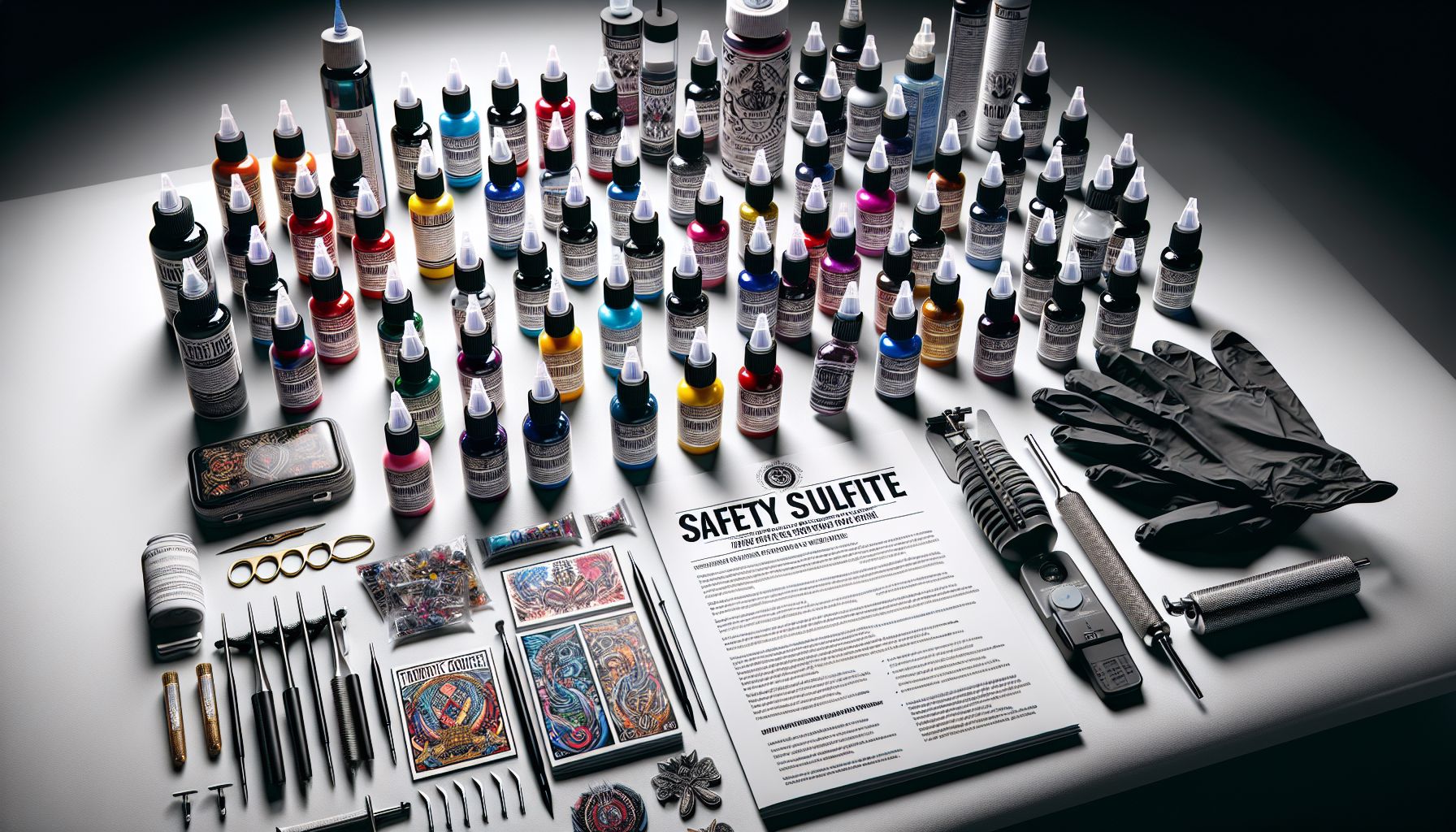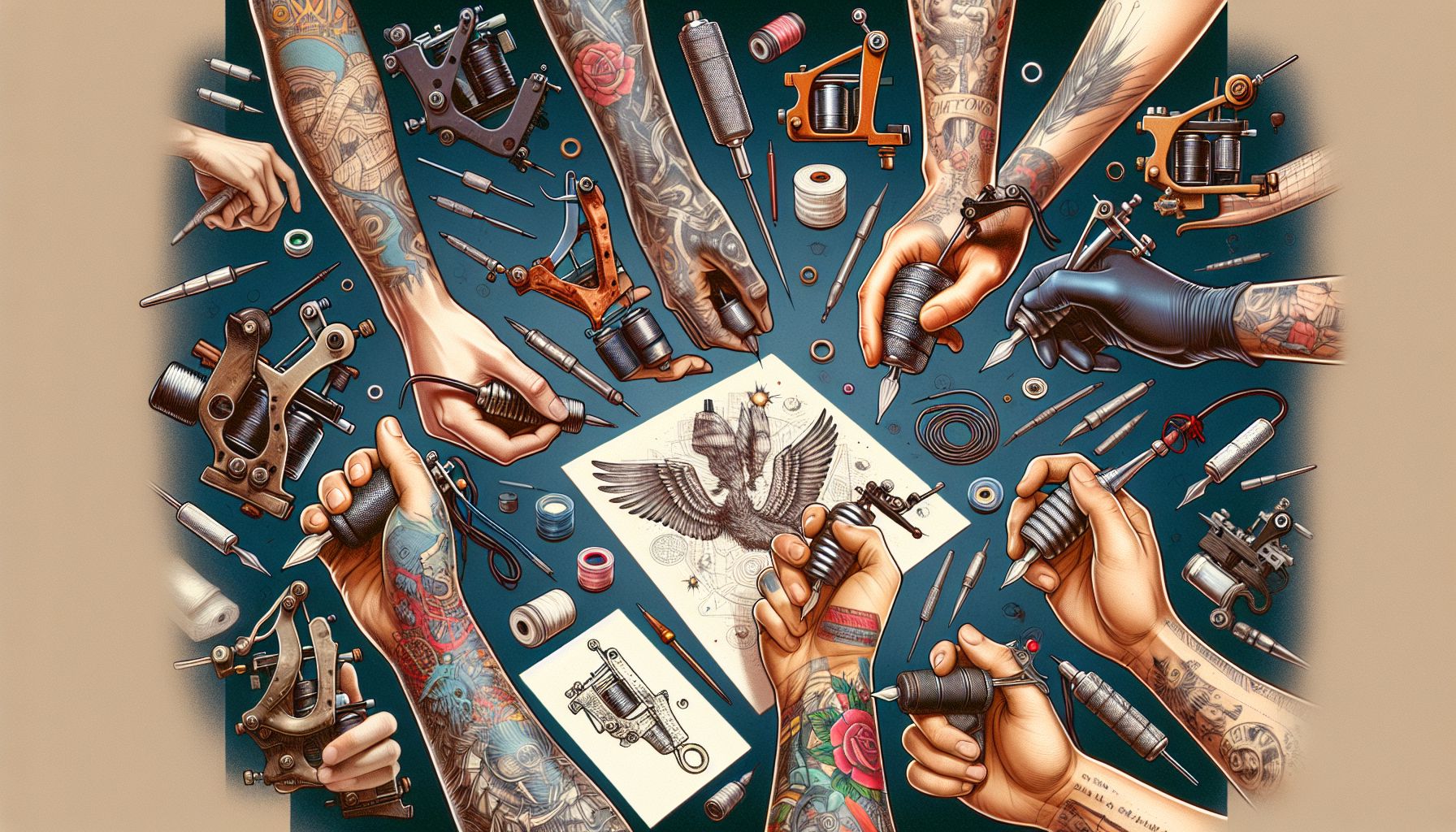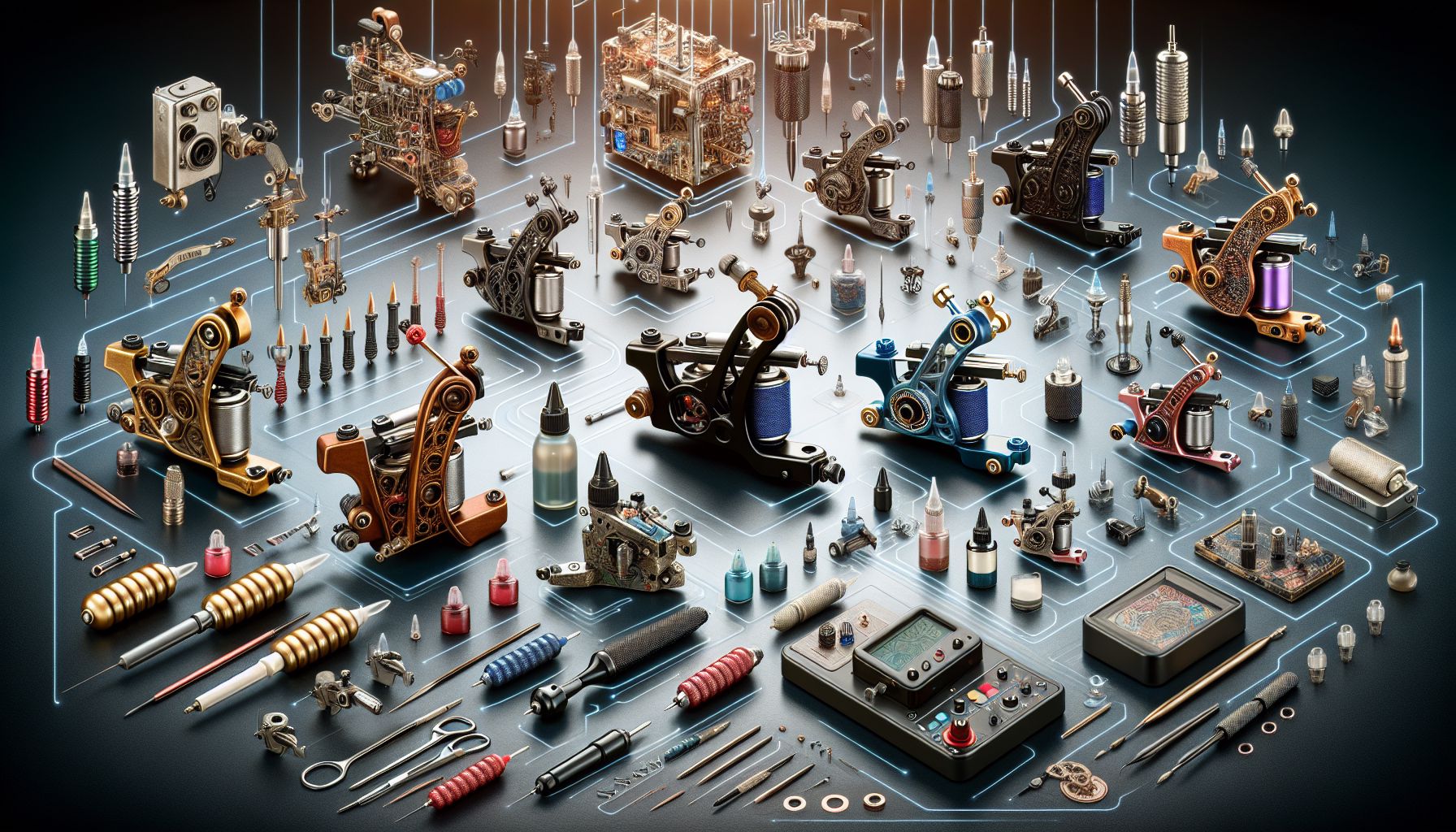The art of tattooing has evolved significantly over the years, morphing from an ancient tradition to a widely embraced form of personal expression. As someone who’s been deeply ingrained in the tattoo industry for decades, I’ve witnessed firsthand the transformation of tattooing equipment, especially the core of the craft—the tattoo machine. Today’s post is a deep dive into the heart of tattoo supplies, where I’ll share my insights on one of the most essential tools in a tattoo artist’s arsenal: the tattoo machine.
In the vibrant and dynamic world of body art, tattoo machines are as varied as the designs they create. But at their core, all tattoo machines serve a singular purpose—to implant ink into the skin with precision and efficiency. From coil machines that echo the sounds of buzzing creativity to the smooth hum of a rotary apparatus, each machine comes with its own personality, and understanding these can make all the difference in the quality of your work.
The Evolution of Tattoo Machines
It’s fascinating to reflect on the journey tattoo machines have taken over the years. The first electric tattoo machine was patented by Samuel O’Reilly in 1891, based on the design of Thomas Edison’s electric pen. This innovation revolutionized the industry, providing artists with a new level of precision and speed. Since then, machines have constantly been refined, shifting from the early days of heavy, cumbersome equipment to the lightweight, ergonomic designs we see today.
Types of Tattoo Machines
The mainstay of traditional tattooing has been the coil machine, which uses an electromagnetic circuit to move the needles in and out of the skin. Famed for their customizability, these machines can be fine-tuned to the artist’s hand, allowing for a variety of techniques, from shading to line work. However, they can be intimidating, their buzz and vibration an unyielding presence in the artist’s hand.
Then came the rotary tattoo machine, riding a wave of innovation with its quiet, consistent performance. These machines use a small motor to rotate a cam wheel, translating the rotational motion into a linear motion that drives the needles. They’re known for their ease of use and gentle operation, making them a preferred choice for both new and experienced artists alike.
More recently, the rise of the pen-style tattoo machine has seized the industry’s attention. Designed to emulate the look and feel of an actual pen, these machines offer unparalleled comfort and control, making them ideal for detailed and precise work.
Choosing the Right Tattoo Machine
As with any craft, having the right tools is essential, and there’s no one-size-fits-all when it comes to tattoo machines. A lot hinges on the feel of the machine in your hand and your specific tattooing style. The choice between a coil, rotary, or pen-style machine is deeply personal, akin to a knight choosing their sword. It’s a decision that shapes your art and your career.
When selecting a tattoo machine, I always tell newcomers to consider their needs and then try different types to see what feels natural. While one artist might swear by the tried-and-true coil machine, another will prefer the modern rotary’s simplicity and ease of maintenance. It’s all about what complements your technique and helps you create the best art possible.
My Experience with Tattoo Machines
Throughout my career, I’ve had the privilege of working with a myriad of machines. I remember my early days of apprenticeship, where I was taught on a hefty coil machine — its rattle and weight a sort of trial by fire. Over the years, I shifted to rotary machines, attracted by their whisper-quiet operation and steady output.
But it was the advent of pen-style machines that truly changed the game for me. The first time I held one, it was like a breath of fresh air—its balance, its intuitive feel, it felt less like a tool and more like an extension of my own hand. Not to say I’ve abandoned the older styles; in fact, certain tattoos still call for the characteristic punch of a coil machine, much like how a painter selects brushes for different strokes.
The Impact of Equipment on Tattooing
Quality tattoo machines do more than just deliver ink to the skin; they influence everything from the comfort of the client to the longevity of the artwork. A good machine will provide consistency in your lines and shading, which is crucial in the ever-competitive industry where clients have come to expect perfection.
Furthermore, advancements in tattoo machines have opened up new realms of what’s possible with body art. Intricate designs that were once too challenging or time-consuming are now achievable, much to the delight of artists and clients alike.
Final Advice and Conclusion
In summary, tattoo machines are much more than just a piece of equipment; they are the artist’s most important ally. As you continue to explore the vast sea of tattoo supplies, I urge you to experiment with different machines, find the one that resonates with your artistic spirit, and embrace the continuous journey of learning and growth.
To all my fellow artisans, new or seasoned, remember that the right machine can elevate your art, refine your skills, and heighten your connection with the craft. Stay informed, remain open to innovation, and most importantly, keep creating beauty that stands the test of time. In the world of tattooing, the machine is your brush, the skin is your canvas, and the possibilities are endless.
Whether you’re a budding artist picking up your first piece of equipment or a veteran looking to expand your repertoire, ensure that your tattoo machine is not just a purchase—it’s an investment in your art. Choose wisely, practice relentlessly, and respect the craft. After all, the tattoos we create are more than just images; they’re stories etched in skin, silent testimonies of our dedication to the age-old art of tattooing.



